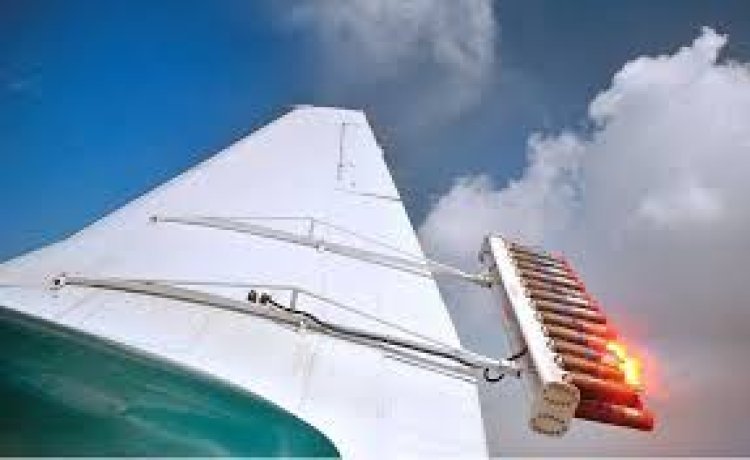Inside the UAE’s Cloud Seeding Program: The Science Making It Rain

UAE’s Cloud Seeding Program Explained: The Science Behind the Rain
In a region where water scarcity is a pressing challenge, the UAE has turned to innovative science to boost rainfall through its cloud seeding program. Led by the National Center of Meteorology (NCM), this initiative uses cutting-edge technology to encourage natural precipitation.
The process involves releasing tiny particles mostly salts like sodium chloride into clouds via specially equipped aircraft and ground-based generators. These particles act as “seeds,” helping water droplets grow heavier until they fall as rain. This technique is carefully timed and monitored using Doppler radars, satellite imagery, and AI-driven weather models to maximize effectiveness.
Recent advancements have introduced nanomaterials and sophisticated AI tools, improving the precision of cloud seeding missions. Research indicates the program can increase rainfall by 10 to 30 percent, depending on atmospheric conditions, which is significant for a desert nation relying heavily on sustainable water resources.
It’s important to note that cloud seeding enhances existing clouds it does not create storms or trigger extreme weather. During the severe 2024 floods, authorities confirmed that cloud seeding was not involved, clarifying common misconceptions.
Since its inception in the late 1990s, the UAE’s cloud seeding program has evolved into a high-tech operation, reflecting the country’s commitment to climate resilience and innovative solutions for water security.























